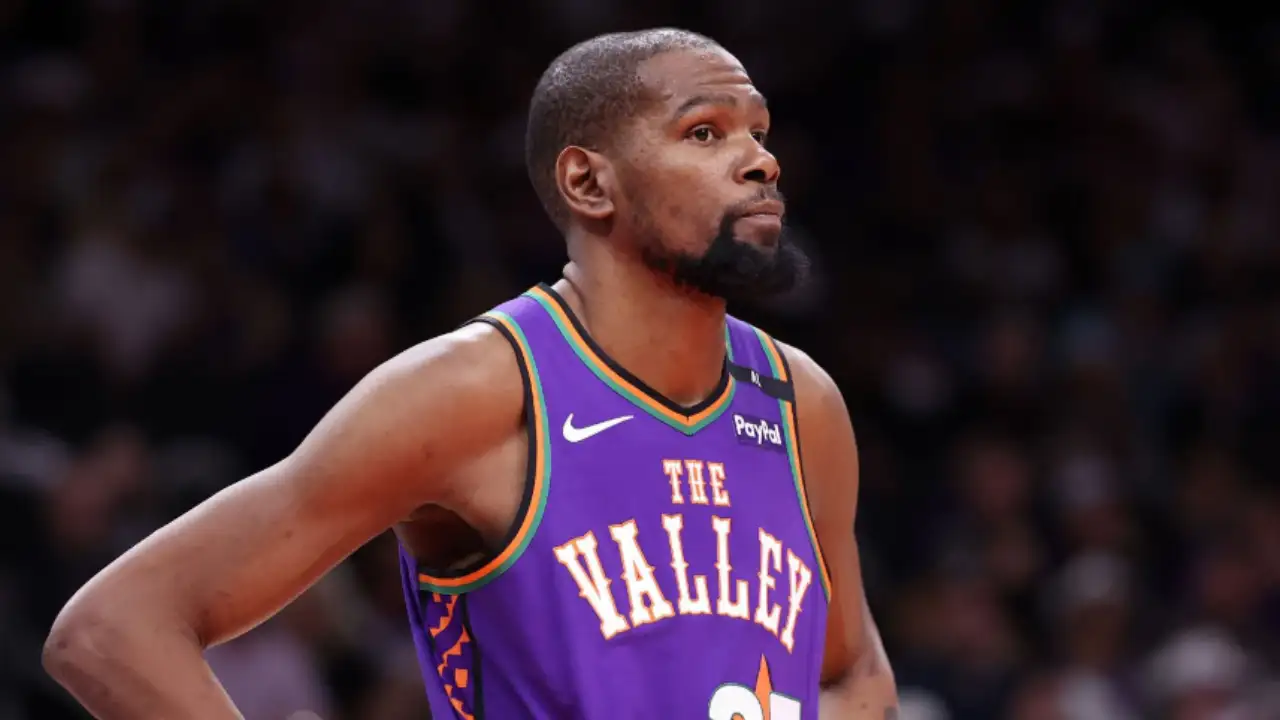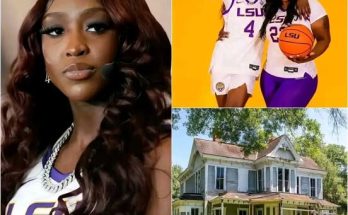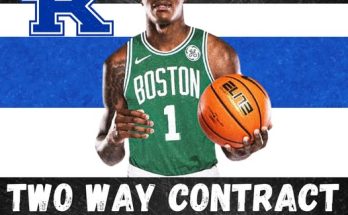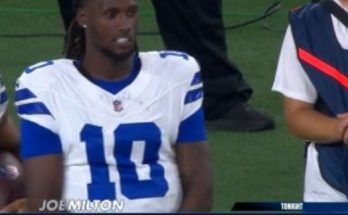The Kevin Durant–Golden State Warriors breakup has always been one of the most-discussed sagas in modern NBA lore. On the surface, it seemed to hinge on the infamous fallout with Draymond Green during Game 5 of the 2018 Finals. But a fresh perspective is emerging—one that shifts attention to tensions between Durant and coach Steve Kerr. According to insider sources, that friction was a major reason Durant resisted returning to Golden State, and ultimately left the Bay Area in 2019. Let’s unpack how these dynamics evolved—and why, in hindsight, Kerr seems central to the story.
Durant’s Ghosts from the Finals
Durant’s decision to walk away from OKC and big-team-building to join Golden State in 2016 was controversial. He walked into a superteam that had just won 73 games. That narrative haunted him. He wanted championships, and two titles and Finals MVPs (2017, 2018) later, he got them. Yet despite the accolades, he remained a lightning rod among fans who accused him of taking a shortcut. He couldn’t shake off criticism.
By 2018’s playoffs, that tension reached a breaking point. The Draymond confrontation hogged headlines—Green’s explosion, Durant’s back-and-forth, and the Warriors beating Cleveland anyway. But it wasn’t just one isolated incident; it was the symptom of growing unease. Durant reportedly bristled under the weight of expectations and remained haunted by critics labeling him a “bandwagoner.”
Sure, his feud with Draymond was explosive. Yet, what really tore at the fabric was something more persistent—and less dramatic—a philosophical clash with his own coach.
The Kerr–Durant Divide
Recent reports reveal a deeper source behind Durant’s Bay Area departure. Ringer veteran Logan Murdock cited league sources confirming Durant “complained both publicly and privately about Kerr’s offensive principles during his final season with the Warriors,” and that those complaints persisted after arriving in Brooklyn. By the time trade discussions swung back toward Golden State in early 2025, the rift still existed (warriorscentral.com, si.com).
Multiple outlets—The Ringer, ClutchPoints, Sports Illustrated, and others—have since corroborated this. SI noted Durant’s recurring critiques of Kerr’s system, to the point that league sources mark the coach as a nontrivial reason Durant balked at a reunion . ClutchPoints adds that, even months later, Durant consciously passed on a trade returning him to Kerr’s system .
Imagine being a generational talent and debating whether the offense fits your style. Kerr’s motion-heavy, ball‑sharing offense worked wonders for a certain type of player—but Durant saw limits. In interviews, she felt it lacked identity and starred roles that allowed him to fully channel his shot-making genius (sfgate.com). That level of discomfort with Kerr explains a lot.
Public Defense and Private Discontent
That contrast—public praise, private misgivings—became a recurring Durant theme. He rarely attacked Kerr openly. But between the lines: during post-game interviews, cryptic comments surfaced. Behind closed doors, teammates and staff reportedly heard critiques. And reporters, including Murdock, picked up on them.
Durant’s delicate relationship with the media didn’t help. He feuded with multiple reporters—most notoriously Ethan Strauss, and more recently Logan Murdock himself. When Murdock’s article spotlighting the Kerr friction dropped in June 2025, Durant responded with characteristic annoyance, slamming it as the “same bulls—‑t narrative” designed to drum up clicks (sfgate.com). That reaction highlighted sensitivity: he didn’t want that conversation out in the open—but it is real.
It’s tempting to reduce Durant’s split to the Draymond blowup. After all, that on-court brawl seemed like the catalyst. And sure, it contributed. But five years of championship success didn’t erase the lingering tension. He stayed two more seasons, even surviving the internal blow-up and return to the Finals in 2019. When he left, the reason wasn’t one fight. It was a philosophical mismatch with the very system he once thrived in.
Recent reporting supports this broader view: Murdock argues Kerr is “among the reasons Durant opted not to return at the trade deadline,” not just the Draymond upset (sfgate.com). Even Warriors insiders point to Kerr’s offense as a sticking point.
Fast forward to the 2024–25 season. Philly’s dribble and bring-in Jimmy Butler, hoping to fix their strategy flaws without Durant. Golden State revived trade discussions during February’s deadline, but Durant declined. In an appearance on Draymond Green’s show, he explained it’d be “too complicated,” being traded mid-season with his huge contract (clutchpoints.com, nypost.com). He reiterated that it “didn’t make sense for either side”—but never mentioned Kerr.
Still, behind the scenes, the issue was never far from the surface. Warriors officials pursued him. Steve Kerr even acknowledged publicly that “we were trying to get Durant,” via Tom Tolbert (nypost.com, si.com). But internal doubts persisted. Murdock again suggested the Kerr tension prevented a deal from happening; even if Warriors had assets, the fit was in question .
True to form, Durant shifted preference to Houston. Ultimately accepted a deal with the Rockets, where he reunited with Ime Udoka, who coached him in Brooklyn, and other trusted figures. Brian Windhorst confirms Durant “controlled the process, kept rejecting trades” until Houston emerged as the best fit (profootballnetwork.com). versus Golden State, where philosophical differences—and Kerr’s system—still loomed.
Today, as Durant takes his talents to Houston, the narrative comes full circle:
- One side remembers the rites of passage—two titles, Finals MVPs, immortal highlights.
- Others recall the friction, the criticism, the silent rift with Steve Kerr.
- What’s becoming clear from multiple insiders is that the Kerr factor wasn’t a footnote—it shaped Durant’s departure in 2019, and sealed the deal in 2025.
Durant’s iconic jump shot remains timeless. But this layered context adds nuance: his relationship with Kerr wasn’t simple. It revolved around playing style, personal autonomy, and what it means to be Kevin Durant in a tightly run system.
For casual fans, Durant’s exit might look like a clash of egos—he vs. Draymond; he vs. the fans. But the real story is more complex: a superstar assessing whether a proven system really suits his talents and aspirations. Steve Kerr, once his partner-in-success, became the figure representing the limits of that system. The friction wasn’t explosive—just persistent, growing, unavoidable.
So, when insiders now point to Kerr as the “true” reason Durant walked, they’re not rewriting history—they’re deepening it. His move to Houston isn’t just about new teammates or title chances—it’s a statement: Kevin Durant values a system that embraces his voice, on and off the court, more than he cherished historical prestige.
This revelation recasts Durant’s Golden State tenure not merely as no‑fails, but as a journey into identity—one where even the greatest legacies must negotiate their place. It wasn’t just about winning. It was about fitting—and when he decided he didn’t, he walked. And that makes this chapter even more compelling.



